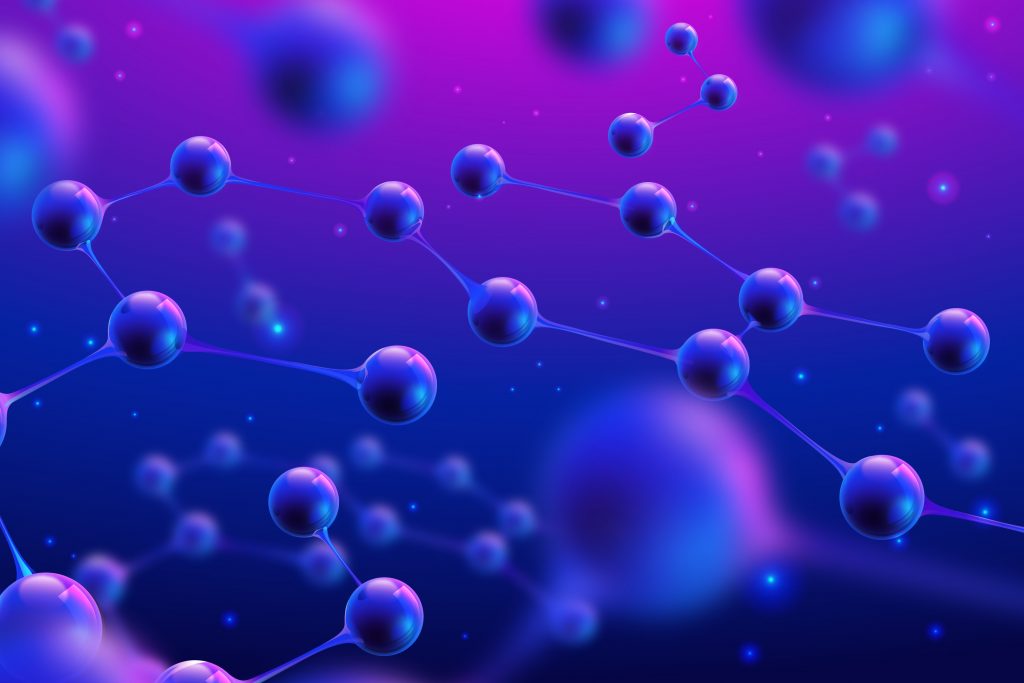Now Reading: Microsensors: Changing Medicine and Ecology
-
01
Microsensors: Changing Medicine and Ecology
Microsensors: Changing Medicine and Ecology

Microsensors—devices so small they can sometimes be measured in microns—are redefining the boundaries of modern medicine. Unlike the diagnostic tools of the past, which required bulky machines, lengthy hospital visits, and often invasive procedures, these miniature technologies operate on a nearly invisible scale. Some are smaller than a grain of sand, yet powerful enough to sample biochemical signals, electric activity, or molecular markers circulating inside the body. Their usefulness lies not only in their size but also in their ability to produce real‑time data streams that connect clinicians directly to patients, even when those patients are far away from a medical facility.
One of the most exciting aspects of microsensor technology is its potential to detect disease before outward symptoms appear. For instance, in cardiovascular care, tiny sensors can be placed within blood vessels to monitor pressure changes, detecting the slightest deviations that could herald hypertension or a risk of aneurysm. Similarly, in oncology, emerging microsensors aim at identifying cancerous activity at its earliest molecular onset, giving physicians a critical head start in treatment. For patients with neurological disorders, the same principle applies: a miniature implant could capture the electrical signals of neurons with high precision, enabling personalized interventions to control seizures or manage the progression of degenerative diseases.
Another frontier lies in diabetes management, where continuous glucose monitoring—once mediated by relatively large patches or external devices—may evolve into microsensors that transmit data seamlessly and wirelessly, reducing patient burden while vastly improving accuracy. Beyond monitoring, researchers are also developing drug‑delivery systems wherein microsensors do not only observe physiological conditions but also initiate therapeutic action, releasing medicine at the exact moment and location the body requires it. This coupling of feedback with treatment paves the way to highly efficient, side‑effect‑minimized interventions.
Even surgical practice may become less invasive through the integration of microsensors. Tools guided by these devices can navigate precisely within tissue, reducing trauma and recovery time. Furthermore, intelligent implants equipped with embedded microsensors promise to shift prosthetics, pacemakers, and organ support devices into an era of adaptive, responsive medical machinery. They would not merely serve a static function but evolve with the patient’s physiological state, sharing data with physicians in real time and ensuring continuous optimization.
Altogether, this heralds a paradigm shift in medicine: care that is no longer episodic but continuous, no longer reactive but predictive. Patients may soon carry within them silent guardians—biological partners operating at the microscopic scale—that reshape healthcare toward a model rooted in prevention, personalization, and precision.
The ecological applications of microsensors are equally profound. Just as they can map biological changes inside a human body, they can also serve as microscopic sentinels in our natural world—collecting data from soils, waterways, and the atmosphere. The vision is of vast, distributed networks of microsensors silently embedded in ecosystems, each device transmitting consistent, detailed measurements without causing disruption to wildlife or human activity.
One of the most impactful uses is in pollution detection. Traditional monitoring often comes too late: harmful substances are measured after they have already accumulated to dangerous levels. Microsensors, however, offer the precision to catch pollutants closer to their source. Imagine sensors placed within riverbeds that immediately detect spikes in pesticide runoff or industrial discharge, alerting authorities in hours rather than months. This rapid response capability provides communities with critical time to act, protecting both human health and natural habitats.
Wildlife conservation is another area where microsensors are making a difference. Devices small enough to be attached to migratory birds, fish, or insects can feed back data on movement patterns, breeding behaviors, or exposure to environmental hazards. Scientists no longer rely solely on sparse observational studies; instead, they can map the lives of entire populations in motion. This deeper understanding can guide conservation strategies, ensuring migratory corridors remain intact and endangered species receive the protection they require.
For agriculture, microsensors provide farmers with the tools to cultivate more sustainably. Soil‑embedded sensors continuously measure moisture, nutrient levels, and pH values, enabling precision irrigation and fertilization. This not only optimizes crop yield but also reduces waste and limits the environmental toll of over‑application of chemicals. Farmers, therefore, transition from reactive management of their fields to proactive stewardship guided by real‑time intelligence.
Microsensors can even help track subtle climate changes, acting as finely tuned indicators of temperature variation, changes in atmospheric chemistry, or early signs of harmful algal blooms. Such systems can offer high‑resolution environmental data at scales never possible before, allowing policymakers and scientists to anticipate ecological shifts rather than scramble to address them retroactively.
Ultimately, what is fascinating is how the same class of technologies designed for healing and monitoring the human body can be repurposed to heal and monitor the planet itself. Microsensors embody a dual promise: the safeguarding of individual health and the preservation of ecosystems. When envisioned together, they illustrate a future of interconnected care—where people and the environment are understood as parts of a single continuum of well‑being.
In this light, microsensors are not just instruments of technological progress; they are emblems of a new philosophy, one that values preventive attention, real‑time awareness, and continuous dialogue between living systems and the technologies that sustain them. Through these minute, powerful devices, medicine and ecology both gain a set of eyes and ears capable of guiding humanity toward a healthier, more sustainable future.















